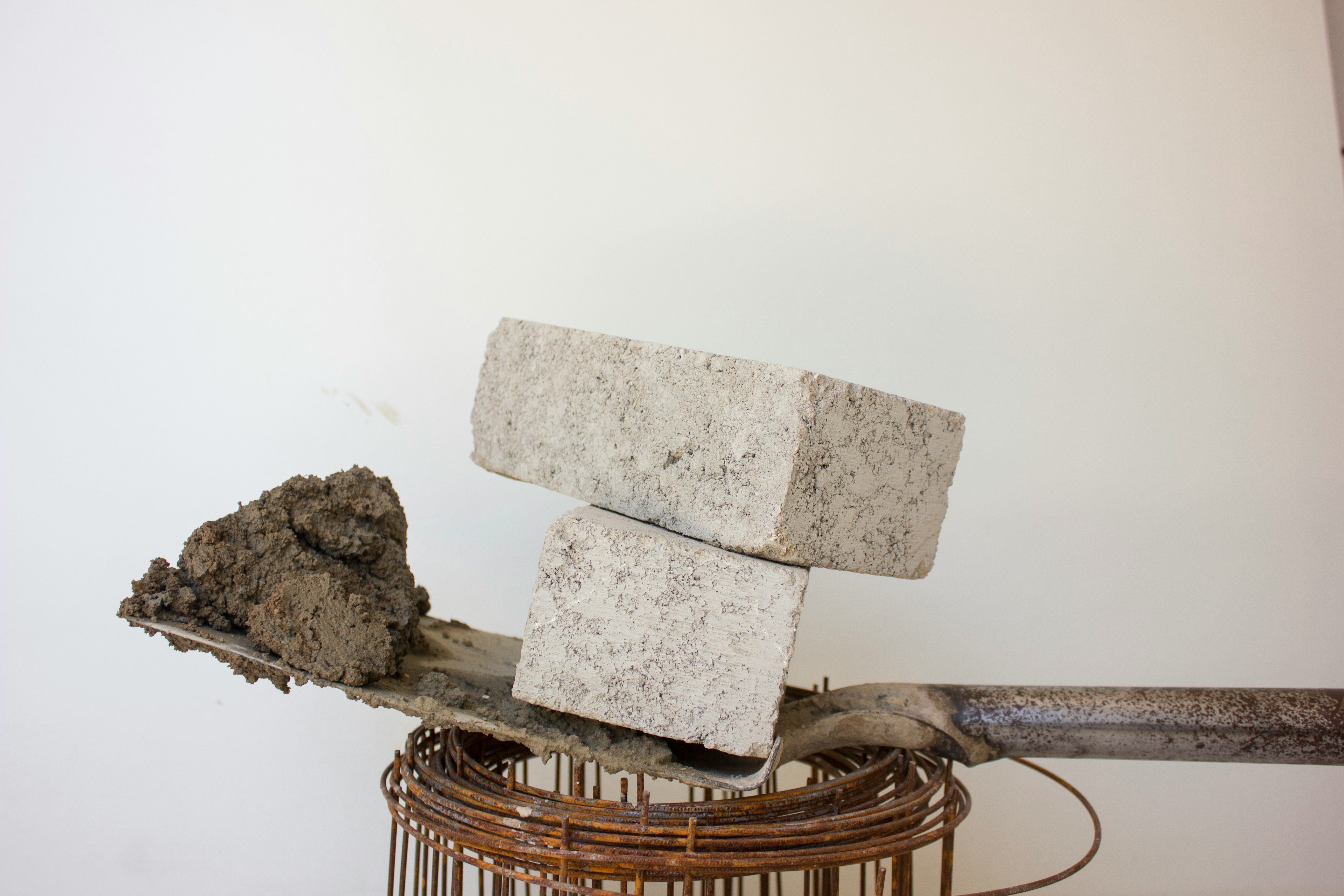Media release
From:
Carbon capture and storage in low-carbon concrete using products derived from olivine
Royal Society Open Science
A novel process is reported that produces amorphous silica and nesquehonite (MgCO3.3H2O) from the magnesium silicate mineral olivine ((Mg,Fe)2.SiO4). The amorphous silica forms a supplementary cementitious material (SCM) for use in concrete. The formation of nesquehonite sequesters carbon making the overall process carbon negative. Nesquehonite can also be used to form low-carbon construction products such as bricks, blocks, and boards. The potential for amorphous precipitated silica derived from olivine to produce carbon negative concrete is highlighted.
- Low-carbon concrete – A new carbon-capturing chemical process that creates useful materials from a globally abundant mineral could help produce “carbon negative concrete”. The study builds on ‘enhanced weathering’ approaches, which use chemistry to accelerate geological processes that capture and lock away atmospheric CO2. It breaks down the mineral olivine into amorphous silica and nesquehonite (which sequesters carbon), these byproducts could be used to produce concrete and other low-carbon construction products. Royal Society Open Science.



 International
International



